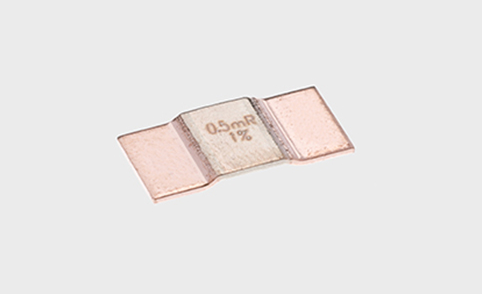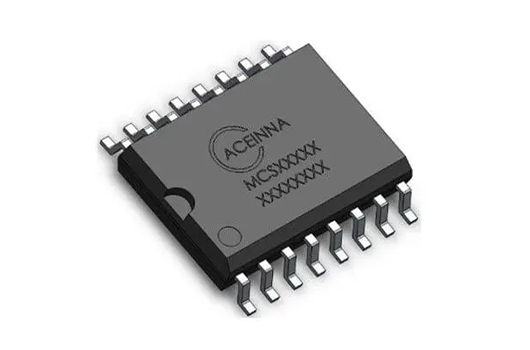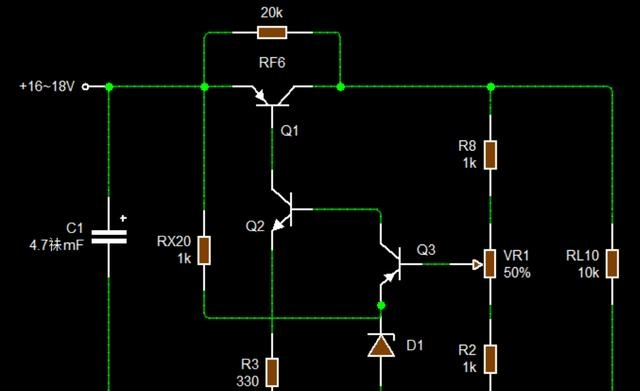
Temperature Compensation and Stability of SMD Shunts: Exploring the Performance Variation of SMD Shunts at Different Temperatures and Introducing Methods for Temperature Compensation and Stability Enhancement
Introduction:
SMD Shunts are widely used for current measurement in electronic circuits. However, their performance can be affected by temperature variations, leading to measurement inaccuracies. This article discusses the performance changes of SMD Shunts at different temperatures and explores methods for temperature compensation and stability enhancement.
Performance Variation at Different Temperatures:
1. Temperature Coefficient: SMD Shunts typically have a temperature coefficient, which represents how their resistance changes with temperature. Temperature coefficient is usually specified in parts per million per degree Celsius (ppm/°C). It indicates the percentage change in resistance for every degree Celsius of temperature change.
2. Resistance Drift: At higher temperatures, SMD Shunts may experience resistance drift, causing their resistance values to deviate from the specified values. This drift can lead to inaccurate current measurements.
Temperature Compensation Methods:
1. Temperature Sensor Integration: By incorporating a temperature sensor near the SMD Shunt, it is possible to measure the ambient temperature. This temperature information can be used to compensate for the resistance changes caused by temperature variations.
2. Look-Up Table: Creating a look-up table that correlates the resistance changes with temperature can enable compensation. By measuring the resistance of the SMD Shunt at different temperatures and recording the corresponding current values, a reference table can be established. This table can then be used to adjust the measured current values based on the temperature reading.
3. Calculated Compensation: Using the known temperature coefficient of the SMD Shunt, it is possible to calculate the compensatory adjustment required for accurate current measurement. By multiplying the measured current values by the appropriate compensation factor derived from the temperature coefficient and the temperature difference from the reference temperature, the accurate current values can be obtained.
Stability Enhancement Methods:
1. Stable Power Supply: Providing a stable power supply to the circuit can enhance the stability of the SMD Shunt. Voltage fluctuations or noise in the power supply can introduce errors and affect the stability of the shunt's current measurement.
2. Thermal Management: Proper heat dissipation and thermal management techniques can help maintain a stable temperature for the SMD Shunt. This can be achieved by using heat sinks, fans, or ensuring adequate airflow around the shunt.
3. Component Selection: Choosing SMD Shunts with lower temperature coefficients can improve stability. Shunts with higher precision and lower resistance drift over temperature are preferable for applications that require highly accurate current measurements.
Conclusion:
Temperature variations can significantly impact the performance of SMD Shunts, leading to inaccurate current measurements. Temperature compensation methods, such as integrating temperature sensors or using look-up tables, can help correct for the resistance changes caused by temperature variations. Additionally, stability enhancement techniques, such as providing a stable power supply and implementing proper thermal management, can improve the stability of the SMD Shunt. By employing these methods, designers can ensure accurate and reliable current measurements in electronic circuits, even in the presence of temperature variations.
-

Milestone at world’s largest s
Yes, each step of production and finished products will be came out inspection b...
2021-09-01 view+ -

Next generation current sensor
Next generation current sensor: for intelligent, high power systemNowadays, &quo...
2023-04-05 view+ -

Software solutions and data an
Stephanie Wu – senior analyst of Omdia smart buildings and energy infrastructure...
2022-06-27 view+ -

Application of resistor shunt,
Today, I will tell you about the application of resistor shunt, current limiting...
2023-03-15 view+


